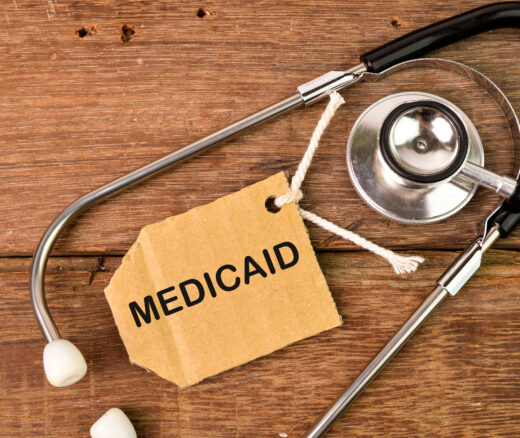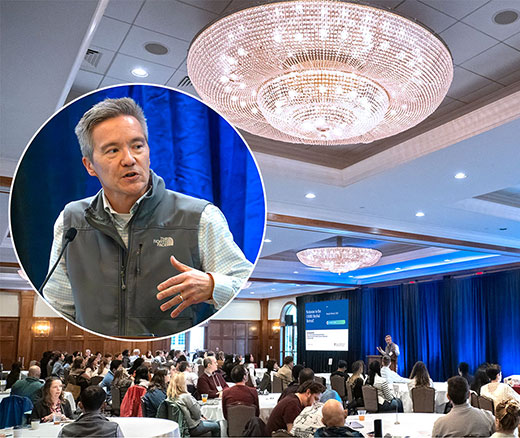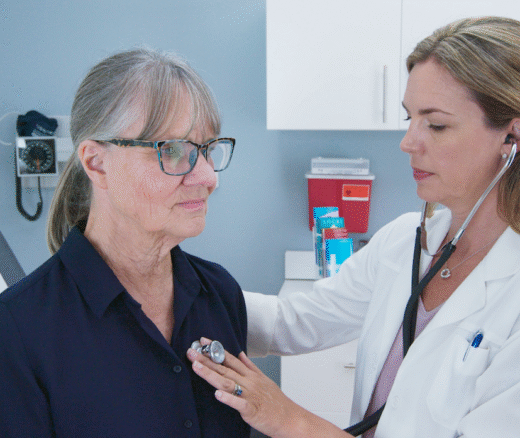
ER Violence Rises – Nurses and Doctors Say These Changes Could Prevent Assaults
LDI Fellows Call for Real-Time De-Escalation Teams and Safer Staffing Ratios to Prevent Chaos Before it Erupts
Blog Post

The U.S. public pays for most cardiovascular care through Medicare. In 2020, Medicare covered 48% of cardiovascular costs compared to 31% from commercial insurance. “Overall, it’s extremely expensive, nationally,” said LDI Senior Fellow Ashwin Nathan. From 2019-2020, cardiovascular disease cost more than $254 billion—an amount that will rise as the population ages.
Nathan found in a study with LDI Senior Fellows Lauren Eberly, Sameed Ahmed M. Khatana, Alexander Fanaroff, Guy David, Peter Groeneveld, Jay Giri, and colleagues, that hospitals gain financially from inpatient cardiovascular treatments covered by Medicare, but their profit varies dramatically by procedure.
The researchers built on a 2017 paper that identified variations in costs and payments for two aortic valve surgeries. In the new study, they analyzed Medicare fee-for-service claims for 12 inpatient cardiovascular procedures. For each, they determined hospital revenue, direct costs, and contribution margins. Revenue included all payments from insurance and patients. Direct costs included salaries, devices such as stents and valves (which can be the highest expense for some procedures), and operating room and inpatient costs. Contribution margins were calculated by revenue minus costs.
Contribution margins—the profit for hospitals—varied from a mean of about $3,300 for a noninvasive type of carotid artery stenting to nearly $107,000 for a heart transplant, in 2019 U.S. dollars. Heart transplants are rare, however. Only about 1,000 were in the 2016-2019 data, so they do not generate most of the revenue for hospitals.
Coronary artery bypass grafts were the moneymaker for hospitals. This invasive procedure was performed close to 150,000 times in the study period, resulting in $1.5 billion in gains for hospitals nationally (Figure 1).
Contribution margins may drive patients’ access to procedures, the authors found in a companion study, which could exacerbate inequities. Even individuals who do not visit a hospital for cardiovascular care may feel the impact of the financial gains and variations identified in this study, Nathan said. “The profitability of cardiac procedures may affect what hospitals focus on and how they allocate their resources.”
Adjusting Medicare reimbursement rates for individual procedures could theoretically reduce the influence of profitability on access to cardiovascular treatments. Nathan and coauthors advise care in making adjustments, however. “Reimbursement reductions may affect some hospitals more than others, especially those in underserved communities,” Nathan said. Hospitals cannot add new procedures and technologies without sufficient startup funds.
The results apply to Medicare fee-for-service only, so Nathan and colleagues are now studying margins associated with other insurance types, since commercial plans tend to reimburse more than public insurance. “Since procedure costs are the same,” Nathan said, “the margins and variation in profitability may be even larger than what we’ve seen with Medicare.”
The study, “Revenues, Costs, and Contribution Margins of Major Inpatient Cardiovascular Procedures Within the Medicare Population,” was published March 2025 in American Heart Journal. Authors include Kriyana P. Reddy, Kaitlyn Shutlz, Lauren A. Eberly, Sameed Ahmed M. Khatana, Alexander C. Fanaroff, Guy David, David J. Cohen, Peter W. Groeneveld, Jay Giri, and Ashwin S. Nathan.


LDI Fellows Call for Real-Time De-Escalation Teams and Safer Staffing Ratios to Prevent Chaos Before it Erupts

Penn LDI Senior Fellow Yong Chen Is an MPI in the 10-Institution NIA Undertaking

Despite Streamlined Processes, FDA’s Role in Rare-Disease Drug Development Draws Continued Scrutiny

LDI Fellows Used Medicaid Data to Identify Individuals at Highest Risk for Cocaine- and Methamphetamine-Related Overdoses, Paving the Way for Targeted Prevention

More Focused and Comprehensive Large Language Model Chatbots Envisioned

Medicare Advantage Modestly Cut Black–White Disparities in Chronic Disease Prevention Compared to Traditional Medicare, but Care Gaps Remain for Latinx Populations